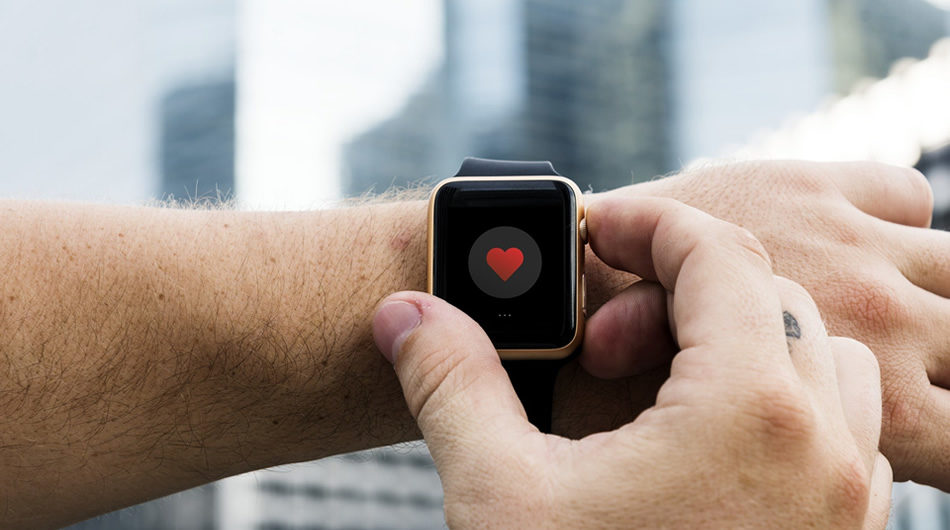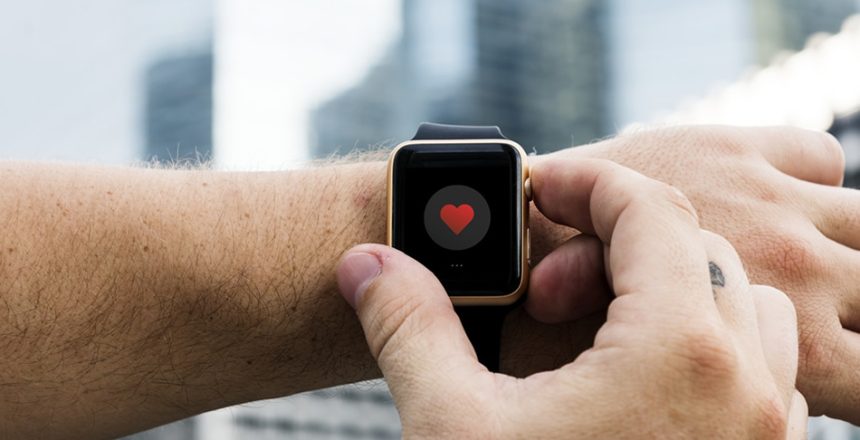It’s that time of year again. New Year, New You, New Start. Going on a diet, fitness goals and divorce papers.

Many of you reading this have resolved that in 2019 that you will get fit, stop smoking and eat more nuts. As ever, many will try, some will succeed, some will fail – and so the cycle begins again.
It wasn’t always like this – it’s only in the last 60 years or so that ‘being fit’ was actually a thing, and only in the last 5 years that it’s become a sport.
Before that, being ‘fit’ was reserved for athletes, and most of them had day jobs. The rest of us expended enough effort and energy to keep in shape just by living – which is the conundrum modern humans face. As tech keeps finding us new ways of not expending energy (who knew that turning on a light switch was a labour that needed saving?) getting and staying fit increasingly becomes a problem.
So, what will heavy lifting or moving vigorously look like in 25 years’ time?
1. Fit tech to our bones – Perhaps not literally but certainly close. Fitness programmes in the future will be based around genetic markers, blood enzymes and hormone levels. Our genetic make-up will be analysed to determine our fitness potential so workouts can be tailored accordingly. In addition, wearable devices will be able to track our blood oxygen levels and hormones to prescribe different daily exercise intensities.
Your health team (GP and personal trainer) will have access to this data to ensure you are maximising your fitness potential and also to spot any potential health problems. They will recommend drugs to stimulate enzymes that regulate metabolism, burn stored fat and improve your cardiovascular conditioning. Phew!
2. Sanctuary and specialisation – A growing population with less space at home and increased needs for self-actualisation will lead to a rise in the number of gyms and what they represent. Bigger gyms will continue their evolution into ‘quality of life centres’. They will focus on delivering a broader range of services that incorporate physical, mental, emotional and spiritual wellbeing. Smaller gyms will be localised drop-in centres for those needing a fitness fix in a hurry.
In addition, and despite the huge range of fitness activities on offer, we will increasingly associate our self-identity with specific sporting pursuits – I am a SWIMMER, I am a WEIGHTLIFTER, I am a RUNNER… Gyms will need to offer a high degree of specialisation in their services to cater for this. Fitness programmes will also be developed to cater for an ageing population that is looking to live longer in a healthy state and a young demographic hoping to avoid becoming obese before they get started in life.
3. Fitness as a responsibility – In 25 years’ time, we will have nearly stopped debating the merits of balancing lifestyle choices and personal responsibility when it comes to health. Socially responsible choices will be a moral imperative for large sections of the population, so expect a much greater level of coercion from governments when it comes to our health and fitness. Commercial incentives will have widened beyond health insurance to include tax breaks and retail discounts. Don’t rule out gene therapy as an option to improve health outcomes and your social popularity. It could be said then that healthcare providers and gyms will become instruments of the state. (Is this Orwellian enough for you?)
4. Personal training for the masses – Personal training and motivation programmes are already available and accessible, at a cost. As health and fitness rises high up in the social agenda, so too does the need to motivate and activate large numbers of people. Most people can’t afford to pay for 1:1 coaching, so it will be scaled up. Press and play programmes tailored to individuals’ needs will be received on personal devices, in the home, in the car and on the wrist. The adoption of this practice will be driven by its low cost and accessibility. Cheap, personal and readily available fitness coaching will thrive.
So, despite medical advancements that keep us living longer, are we destined to spend more of our time in pursuit of a level of fitness our ancestors took for granted? Will the technology that’s contributed to our rising obesity levels develop quickly enough to address the problems it has created?
There is a train of thought that this cyclical obsession of losing weight, getting fit and looking good doesn’t add a whole lot to the sum of human happiness, and that making daily adjustments rather than a 12-monthly overhaul might serve us better.
But, at the end of the day, if being the fittest person in the graveyard is your goal, then jog on.



